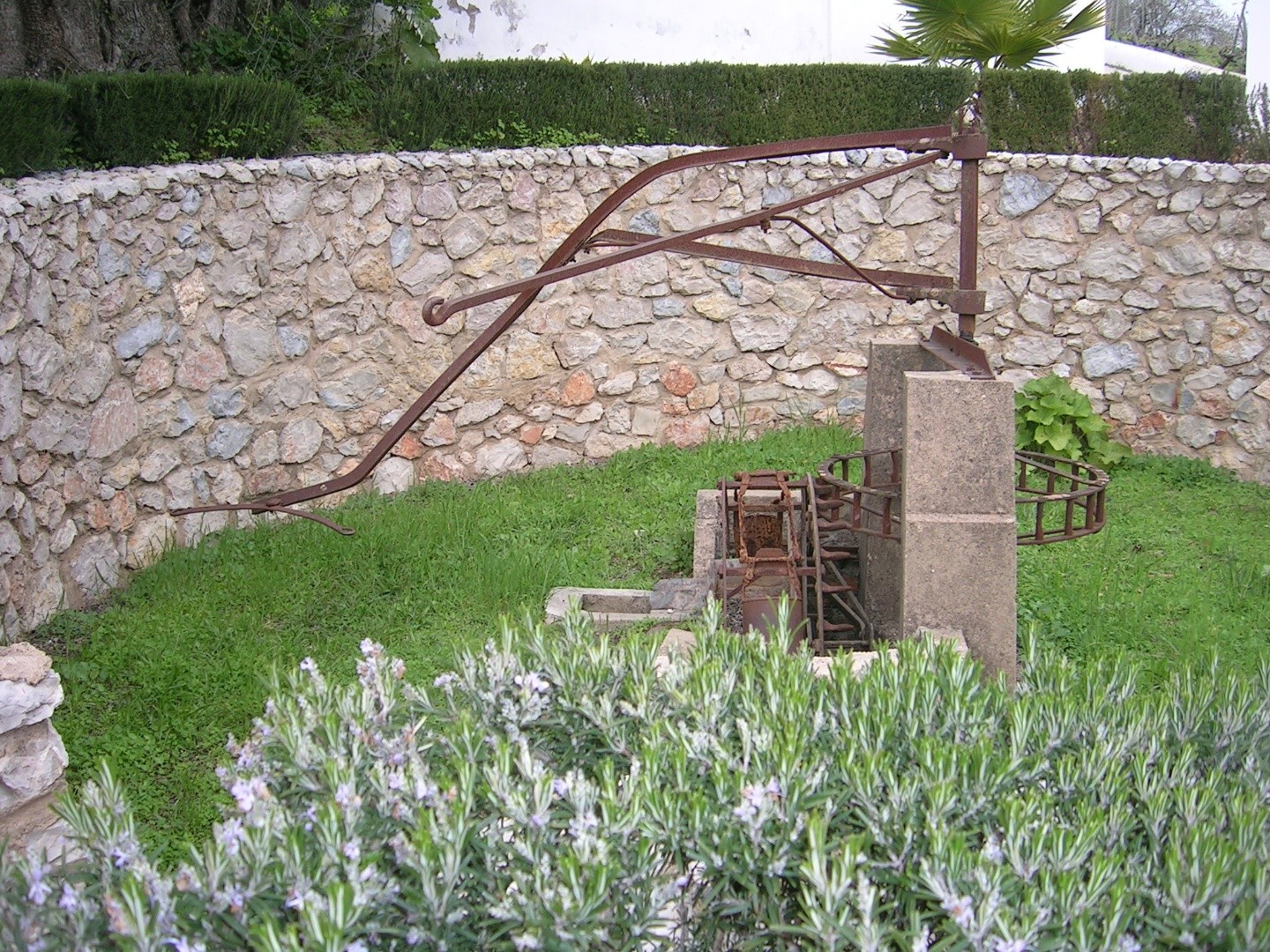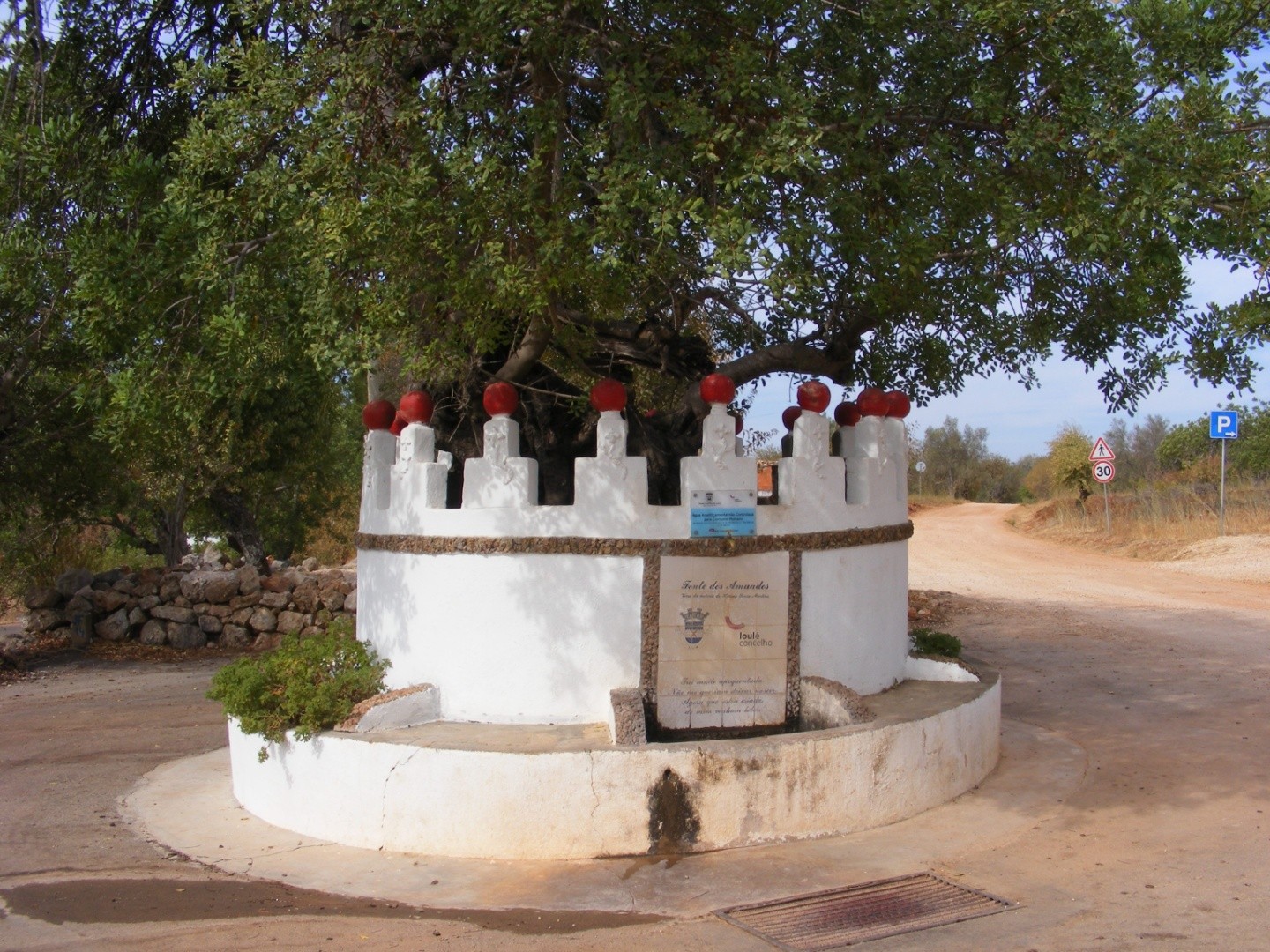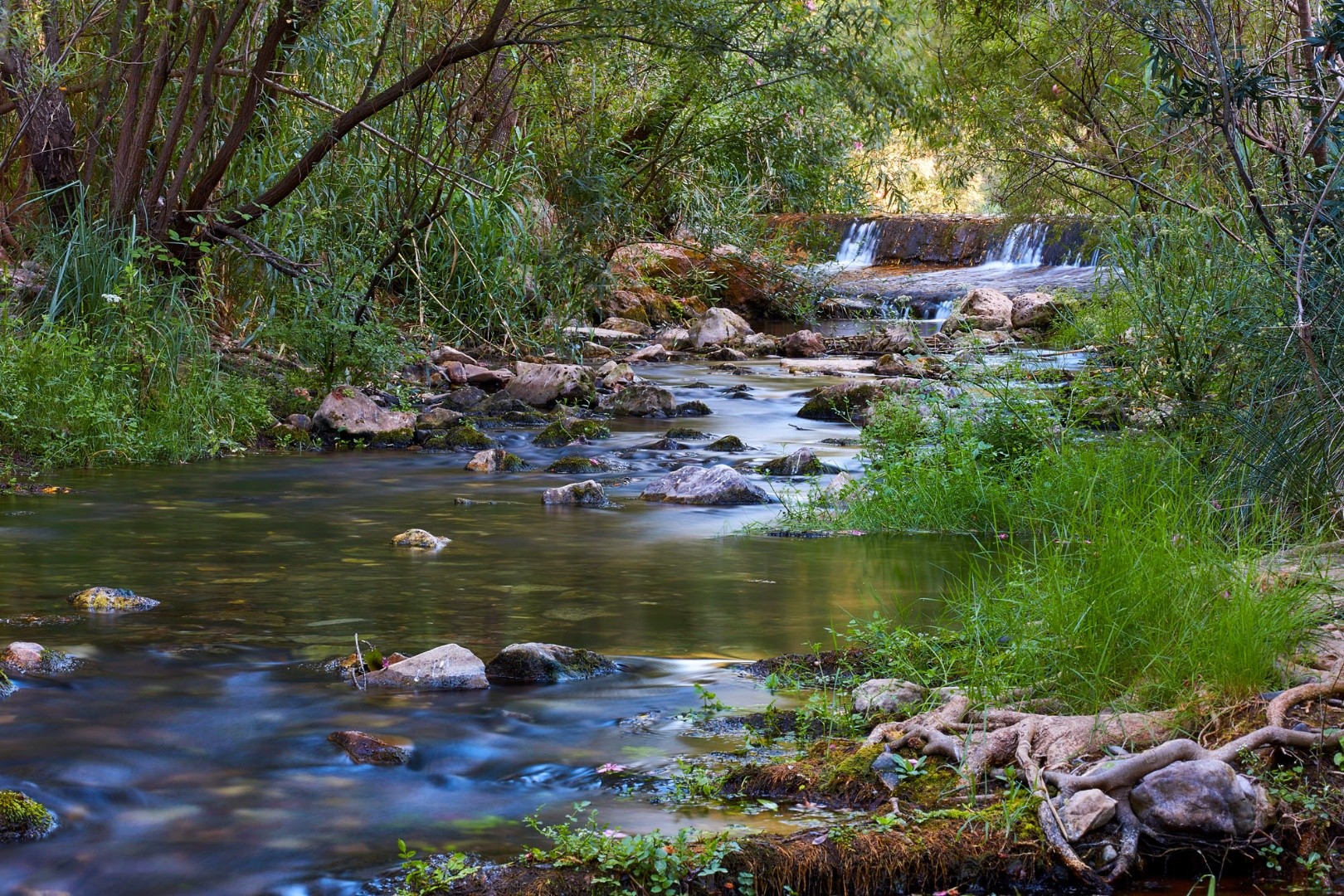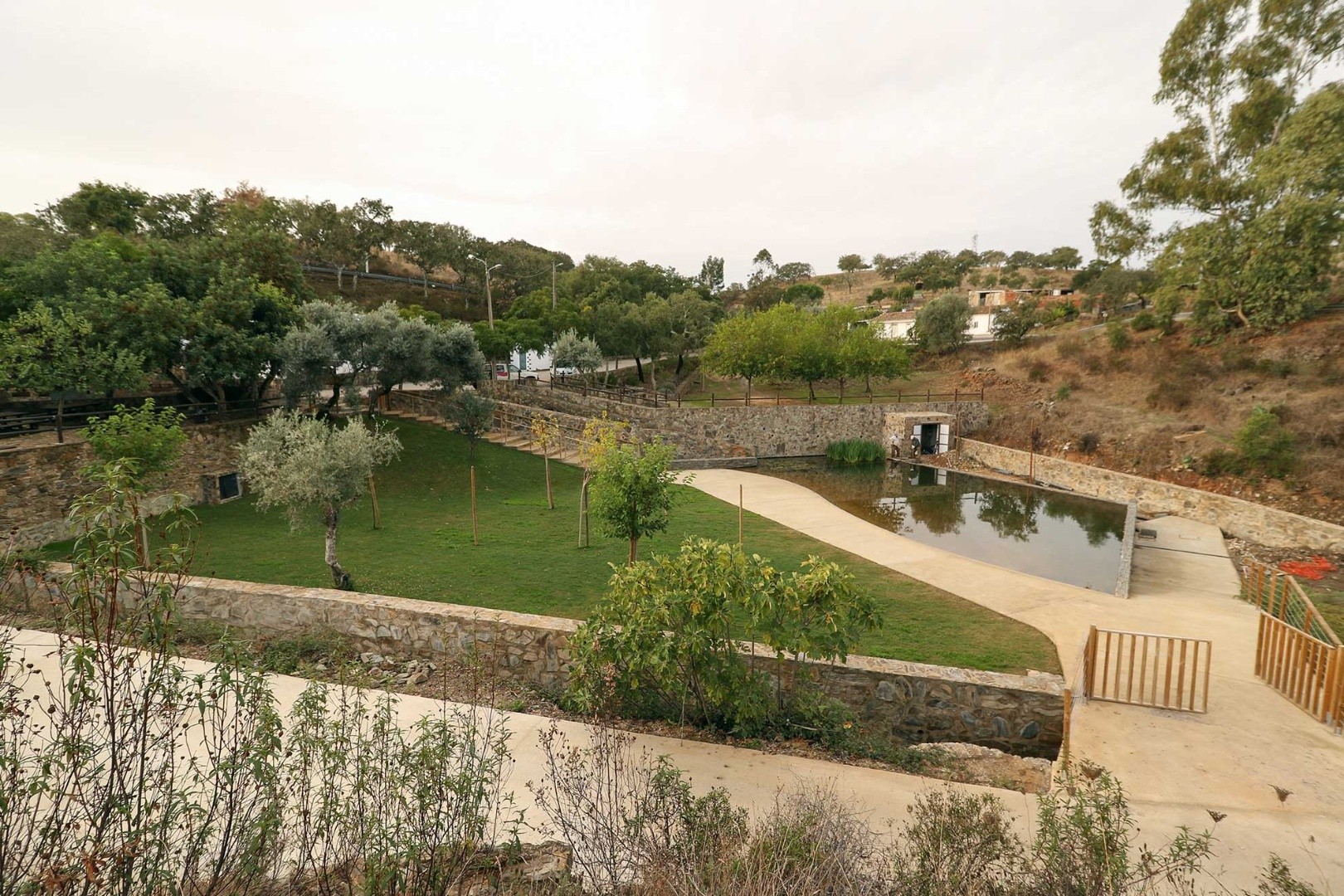Ethnographic Heritage
The construction of Paderne Castle by the Almohad community in the 2nd half of the 12th century arose due to the advance of the Christian hosts towards the Algarve, obeying a pre-established political-military need. Its location between the mountains and the sea gave it great strategic value. The castle was associated with a small county, with a possible defensive line and a rural settlement that extended along the present-day Paderne plain. One of the most striking elements of the landscape is the irrigation system made up of various hydraulic devices (norias, wells, springs, acequias, mines and knat's) in which the intimate morphological relationship between the acequias and the limits of the fields reveals a construction dating from the Islamic period. The paths within the rural parcelling respect the layout of the acequias (levadas or irrigation channels), allowing us to assume that they also date from the Islamic period. The crossing of the stream and levada was made either by wooden walkways on the upper banks of the stream, or by small dry stone weirs, with a line of uniformed stones used as walkways (lower banks). The new agricultural practices introduced, especially from the end of the 9th century, originated in the East (Syria and Egypt) and implied an irrigation discipline independent of the rainfall regime. Among the products grown, melons, watermelons, aubergines and pumpkins stand out. In Islamic irrigation areas, the entire hydraulic space, whatever its complexity, was designed in the functional structure of traditional hydraulics. The articulation of the collection point, the layout and slope of the irrigation channels, the location of the regulating and supply cisterns, were all planned before the actual construction of the space. Only after the technical resolution of the articulation of the devices was the division of the fields carried out, an action marked by the cultural references of the social formation of those who created them.
Paderne
Visitable / Not Visitable: Yes.
Accessibility: On foot, by bicycle or by car (in wintry weather, it may not be possible to cross at the ford).The site is accessible to people with reduced mobility if the river does not flow.









